You might think that the lengths people go to for the sake of fashion are a bit, well, crazy.
When you think of people, usually women, cramming themselves into too-tight clothing, or teetering around in enormous shoes, you might have to just shake your head. And that's not even to speak of the money that people blow on clothing, too.
But from a historical perspective, we don't have it quite so bad.
In the 1850s and 1860s, fashion was as big as ever, and the Industrial Revolution and emerging technologies meant that all kinds of new items were suddenly available — and in serious demand.
Certain customs from the Victorian era might strike us as odd today, like wearing jewelry made from the hair of deceased loved ones, but few were as actually devastating as the poisonous fashions of the 19th century. And we do mean literally poisonous.
With the new accessibility of dyes and materials, most people were too excited to consider side effects, and the result was people literally being poisoned by their clothing.
Does that sound nuts? Well, the regulations we have today about what can and can't go into our clothing (and wallpaper, and accessories, and food) are thanks in part to the horrific things that many people had to learn the hard way.
No matter how much you might dislike the latest fad, at least it's not giving you arsenic poisoning.
[H/T: National Geographic, Hyperallergic]
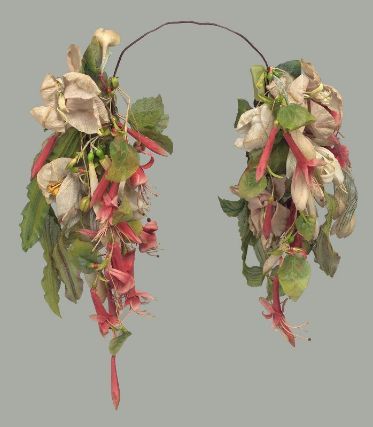
Things started to get weird in the 19th century when a new, brilliant green dye was introduced.
Used to color artificial flowers, this dye was beloved by women, who used artificial flowers to decorate their homes and their hair.
But that brilliant green? It was because the dye was made from arsenic, a highly toxic metal.
In fact, it's so poisonous that items made in the 1850s are still dangerous to handle today.
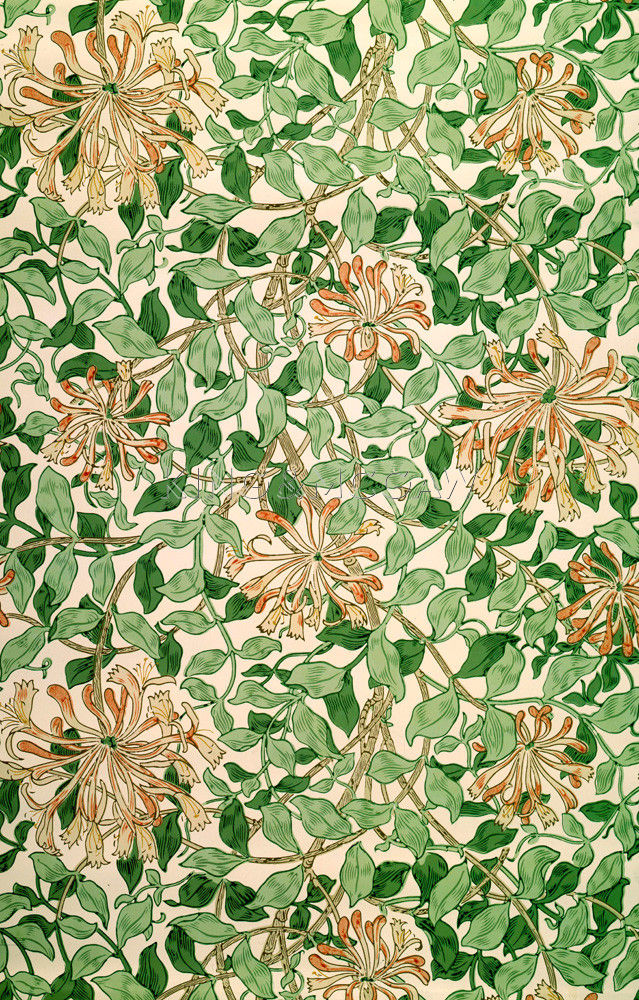
Arsenic was also used in paints and inks that could be found in homes, like in this wallpaper.
The color was gorgeous, and people loved it because it was so rich and bright.
But it was also deadly.
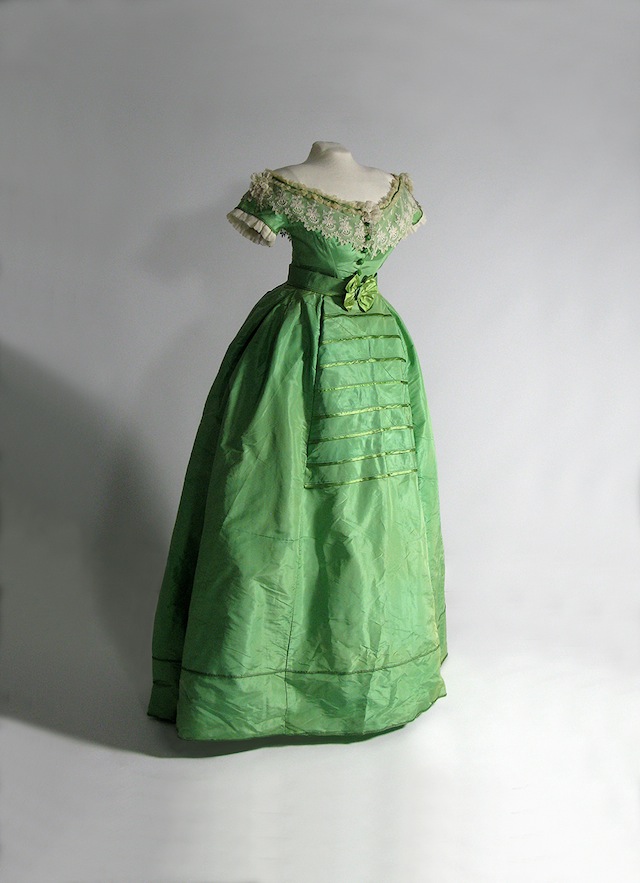
This dress from either France or England made in the early 1860s is undoubtedly beautiful, and its emerald green color appealed to people then as much as it does to us now.
But the dye used to create this color? Arsenic again.
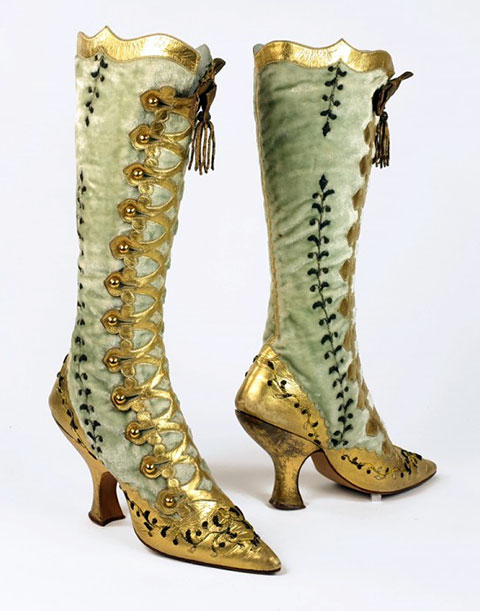
Women who wore arsenic-dyed clothing suffered from rashes and sores where the dye rubbed into their skin.
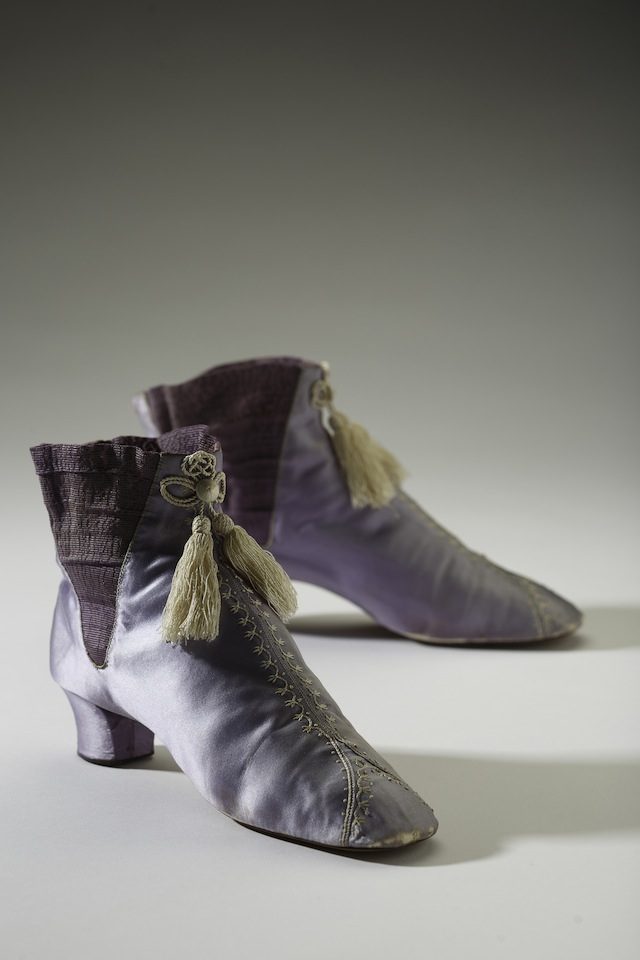
But the people who really suffered were those who manufactured these clothes.
Handling the poisonous dyes day in and day out led to rampant illness and death among garment workers. They got it all over their bodies and even inhaled it.
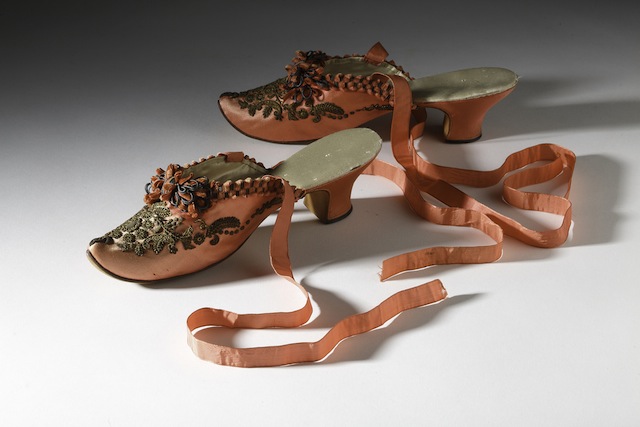
To this day, artifacts like these dainty slippers, or the bright green details in some illustrations, still have to be handled with gloves by historians, because the arsenic levels can still harm people.

And it wasn't just women who suffered for fashion.
In the 19th century, lovely hats like this one were manufactured using mercury, which is also incredibly poisonous.
Exposure to mercury causes slurred speech, tremors, and even hallucinations.
Many believe this is where the expression "mad as a hatter" comes from.
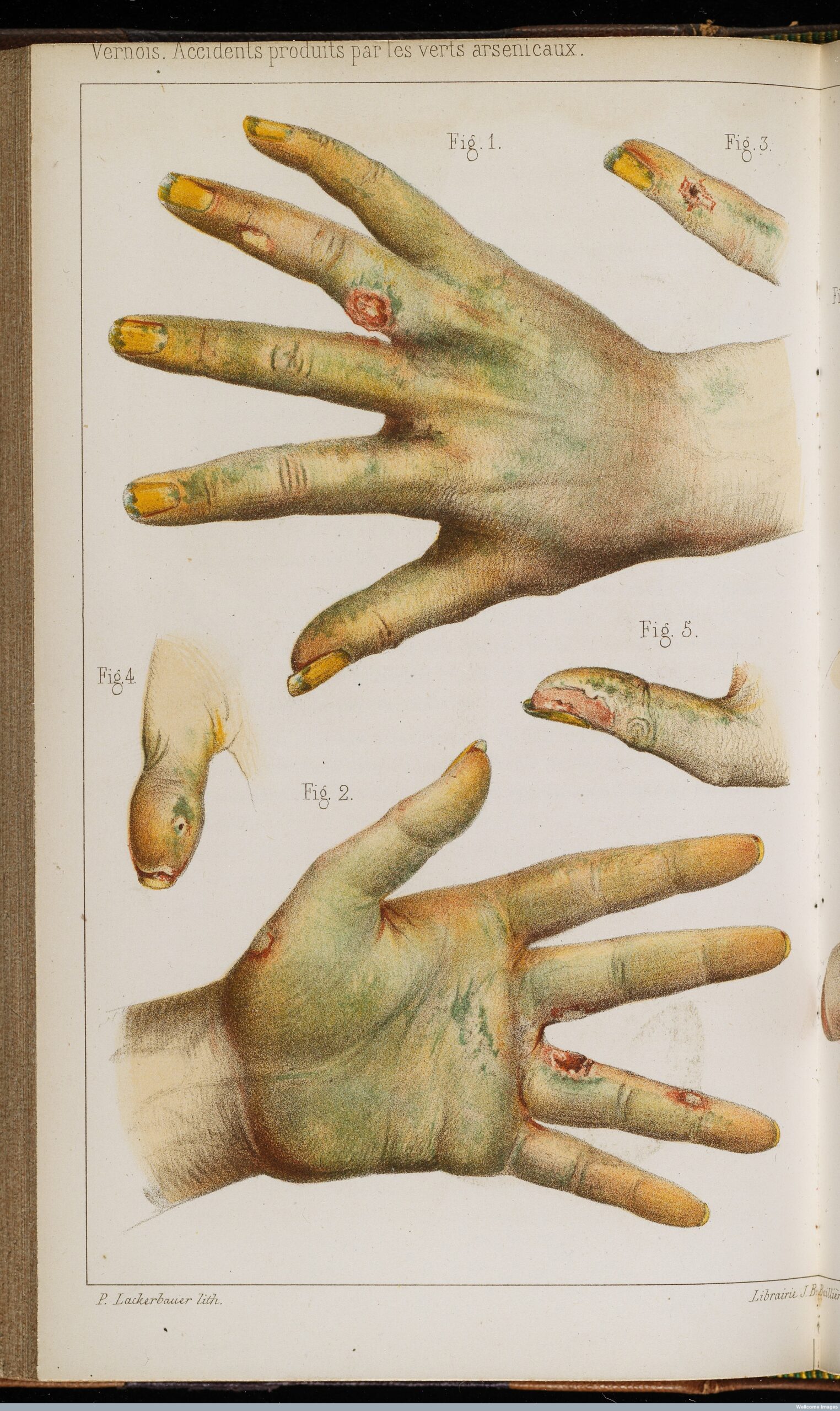
Soon, though, people caught on and started raising awareness about the dangers of these materials, documenting their effects in medical journals like this one, which details skin lesions caused by exposure to arsenic.
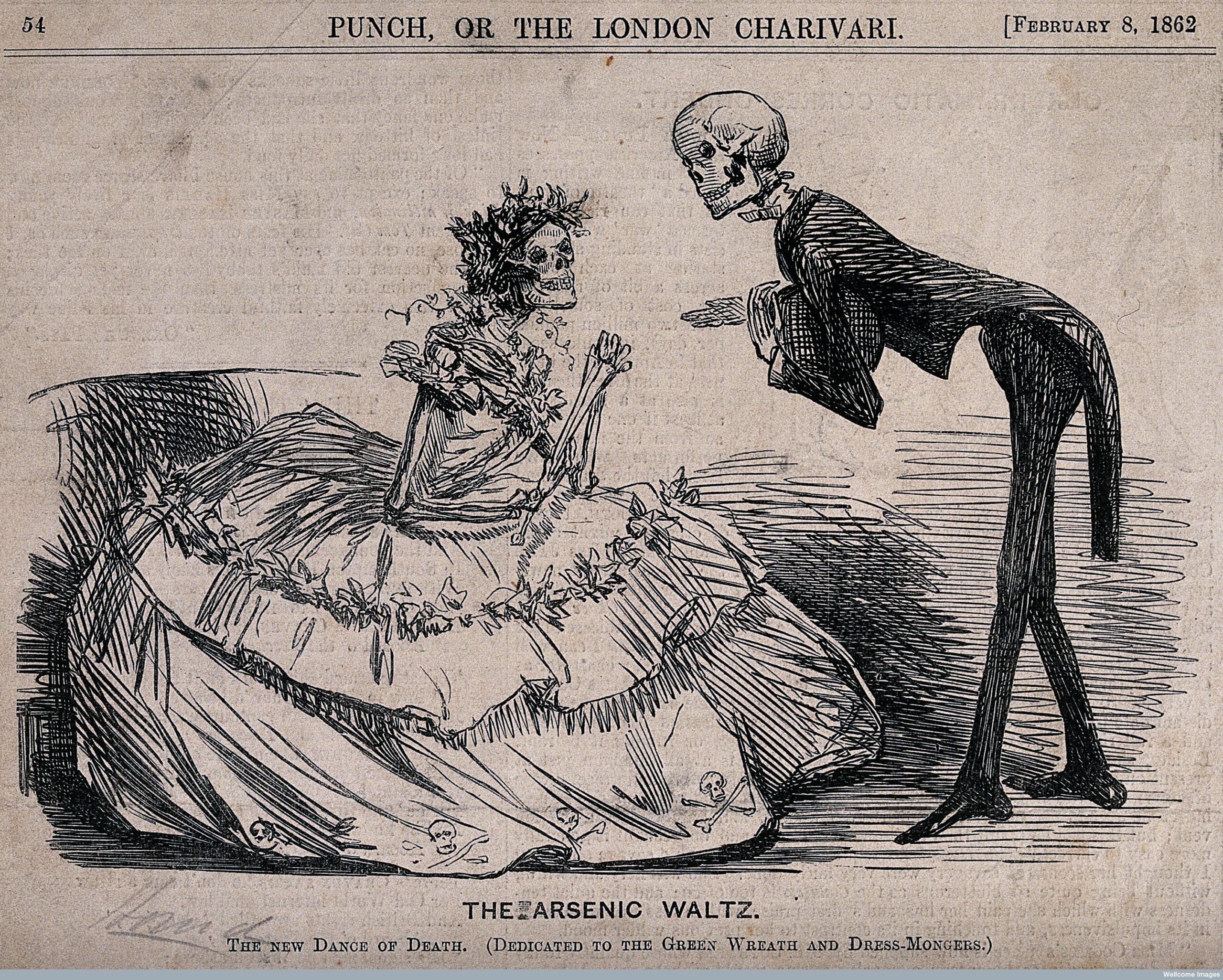
Other publications, like British magazine Punch, commented on the trend of deadly fashions with cartoons like this.
The illnesses and deaths of both clothing manufacturers and consumers led to reforms in the fashion industry.
Thanks to these reforms, our clothing is safer.
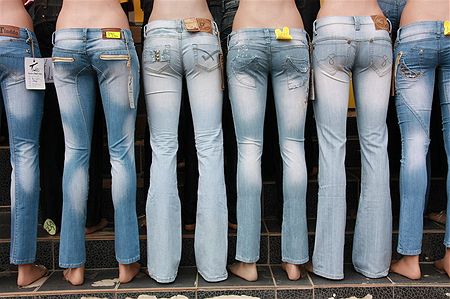
But there are still some improvements that can be made, especially when it comes to the people who actually make our clothing.
For example, sandblasting jeans was banned in Turkey in 2009, because workers were breathing in dangerous amounts of sand and dust.
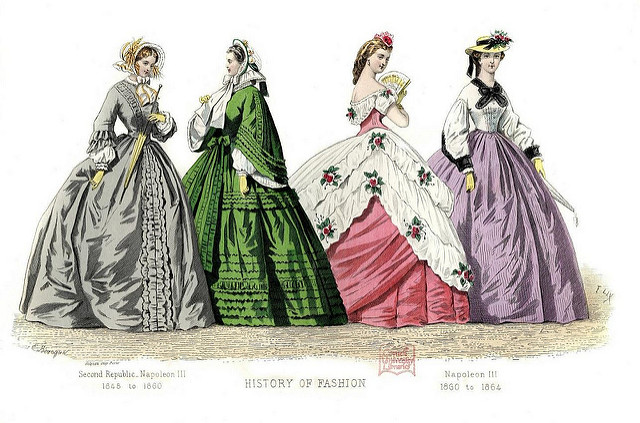
What's the most ridiculous thing you've ever done in the name of fashion?
Let us know in the comments, and SHARE this dark side of fashion history with everyone who loves the color green.




